Market Trends
Key Emerging Trends in the Somatostatin Analogs Market
Companies are dynamically positioning their shares in the Somatostatin Analogs Market, which is dedicated to dealing with a variety of hormone disorders and tumors. An essential approach entails constant innovation when it comes to treatment methods. The firms acknowledge that hormonal syndromes are complex. Somatostatin analogs can be explored further as therapeutic agents, and this has led to huge investments in research aimed at bringing new drugs that have more effectiveness and fewer side effects. Strategic partnerships and collaborations have a major influence on market share within the Somatostatin Analogs Market. In view of the intricate nature of hormonal disorders and the quest for comprehensive solutions, companies are entering into alliances with research institutions, endocrinologists, and other healthcare players. These partnerships facilitate collaboration in terms of resources, skills, and knowledge, which hasten the development as well as the marketing of efficient somatostatin analogs. By capitalizing on joint strengths, firms entrench themselves as front runners by providing different treatment options depending on how complex an endocrine disease is. Pricing strategies emerge as a critical factor in market share positioning within the Somatostatin Analogs Market. To suit individual patient needs, many firms employ various pricing models based on criteria such as effectiveness rates derived from clinical trial findings, affordability by patients assessed overtime before coming up with prices that can be sustained over a period, or healthcare reimbursement considerations carried out after several changes in payment systems were made ranging from state sponsorship to private insurance. Some premium-priced companies position their advanced analogs, highlighting better benefits with improved control over diseases, while others who want to attract many patients put sensible price tags on traditional somatostatin analogs. Effective marketing and distribution strategies are instrumental in enhancing market share within the Somatostatin Analogs Market. Companies invest heavily in marketing campaigns that aim at reaching out to healthcare providers as well as patients. Gaining a strong brand presence through targeted promotional activities is important for building trust and credibility. At the same time, optimizing distribution networks ensures that somatostatin analogs are widely available, reaching diverse geographic areas and making them accessible to a larger patient population. Customization and patient-centric approaches are gaining prominence as key strategies in the Somatostatin Analogs Market. To address individual patient needs, companies develop their analogs accordingly, knowing well that hormonal syndromes are unique to each person. There are changes in dose, longer release forms, or even support programs for patient-centered somatostatin analog treatments. Not only does this personalization boost treatment effectiveness, but it also further enhances the positioning of a manufacturer by showing dedication to consumer-centered care.

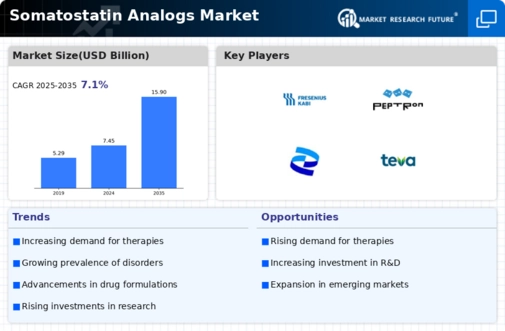
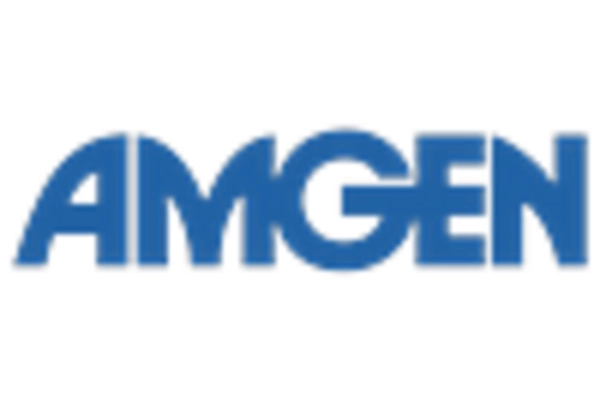
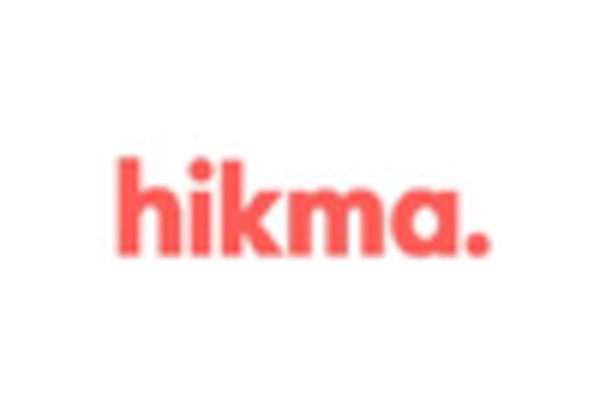
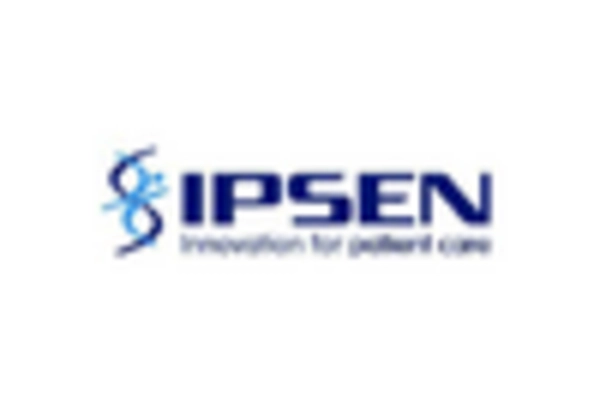
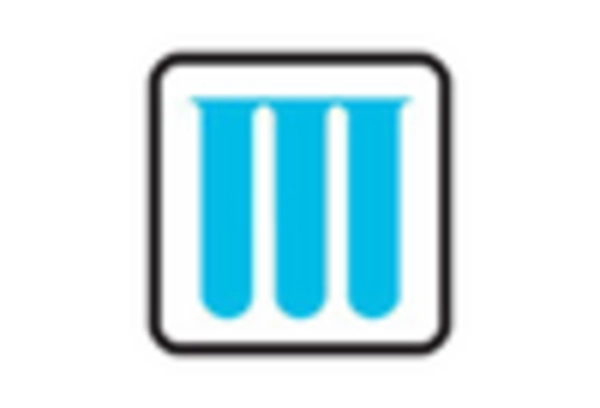

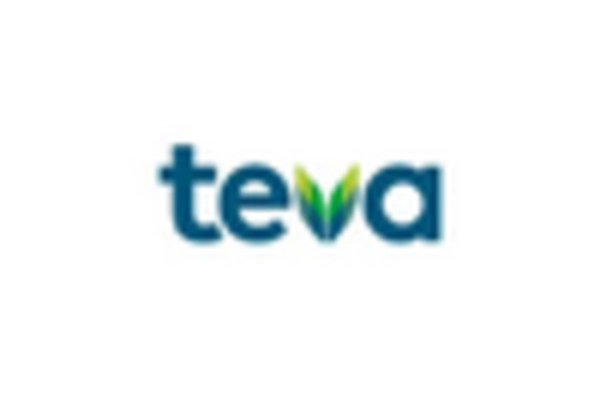









Leave a Comment